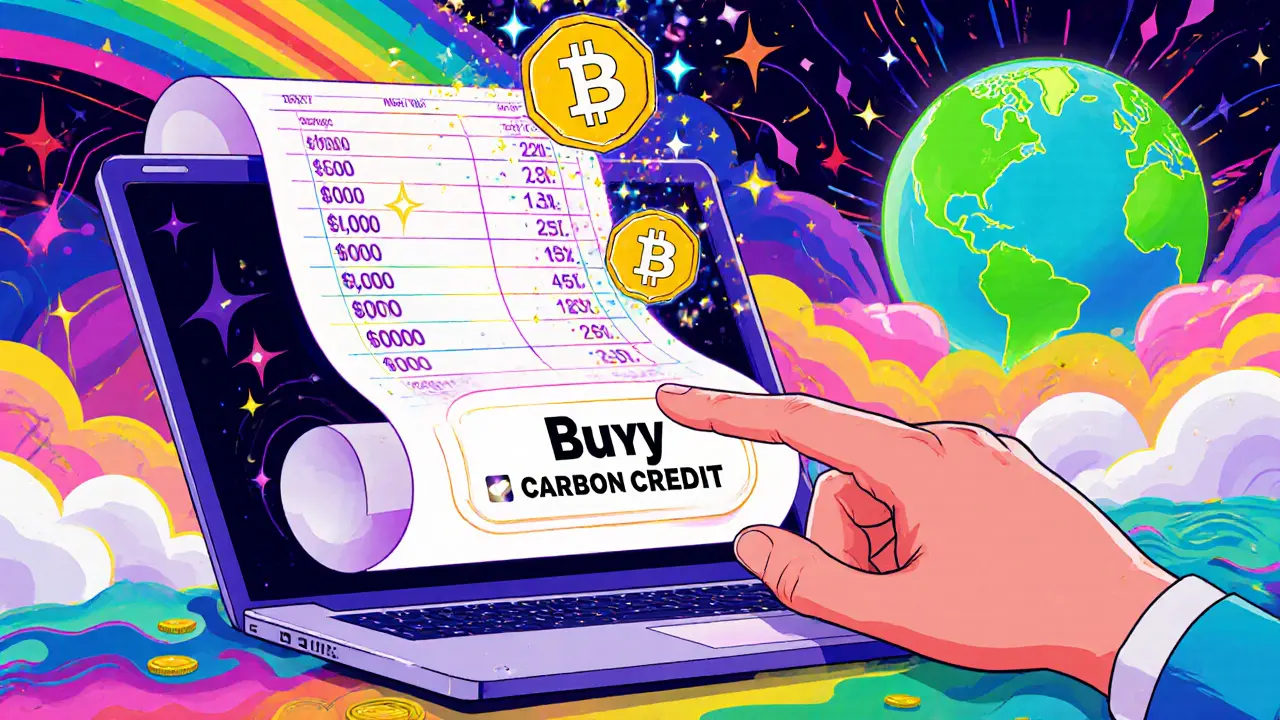Decentralized Carbon Markets – The Future of Climate Finance
When talking about decentralized carbon markets, a blockchain‑enabled system where carbon credits are issued, traded, and retired without a central authority. Also known as DCM, it aims to make climate action more transparent, faster, and accessible to anyone with an internet connection.
Carbon credits, verified emission‑reduction units that can be bought, sold, or retired are the core commodity in these markets. By tokenization, the process of converting a real‑world asset into a blockchain token, each credit becomes a unique, traceable digital token. This token can move across borders instantly, which means a farmer in Brazil can sell a forest‑preservation credit to a tech firm in Berlin in seconds. The blockchain, a decentralized ledger that records transactions permanently provides the public audit trail that guarantees the credit wasn’t double‑counted. In short, decentralized carbon markets encompass tokenized carbon credits, require blockchain verification, and let anyone participate without a traditional exchange.
Why Decentralized Carbon Markets Matter
Investors chasing ESG investing, environmental, social, and governance strategies that align profit with purpose get a clearer signal when credits live on a public chain. The market price of a token reflects real‑time supply, demand, and the credibility of the underlying project. When a new renewable‑energy farm registers its offset, its tokens instantly appear alongside existing ones, creating competition that can drive down the cost of compliance for corporations. Moreover, because each token records its origin, auditors can trace it back to the exact project, cutting down verification costs by up to 70% compared with legacy registries.
Beyond finance, decentralized carbon markets enable new business models. Community groups can launch local reforestation campaigns, mint their own tokens, and sell them directly to supporters worldwide. Smart contracts can automate retirement of credits once a project meets its emission‑reduction target, eliminating manual paperwork. These mechanisms also help regulators enforce caps: if a jurisdiction sets a hard limit on emissions, the total supply of tokens on the chain can act as a hard ceiling that’s impossible to exceed without burning a token.
The ecosystem is still maturing. Projects need robust verification standards, and platforms must integrate with existing carbon registries to avoid fragmentation. Still, the momentum is clear—more firms are allocating budgets to tokenized offsets, and governments are exploring blockchain pilots for national carbon‑pricing schemes. Below you’ll find a curated collection of posts that dive deeper into airdrops, DeFi tools, compliance tips, and real‑world case studies that illustrate how decentralized carbon markets are reshaping climate finance.
Carbon Credit Blockchain Projects: How Tokenization Is Changing Climate Finance
Explore how carbon credit blockchain projects tokenise emissions offsets, boost market liquidity, and bring transparency to climate finance.
